
In the painting “Lake” we see all the same favorite Urals nature of the Russian North. Gray giant spruce, a gloomy brush of the forest on the slopes of the mountains, a flat mirror of the lake, as if hiding in its depths the “unknown city of Kitezh.” The figure of a woman picking flowers in a simple peasant garb, written without details, without details – here is only the scale of everything around what is happening.
The measure of this gigantic divine creation, where for many miles around there is no human soul, stretches and stretches a gloomy sullen landscape, as if secluded in itself all its secrets.
Contemporary critics have written that Vasnetsov imitates Scandinavian artists in his Urals motifs. But I think that the plot of “Lake” could most likely be inspired by the most severe beauty of mountain forests and canyons. Although at that time everything Scandinavian was in great fashion and, of course, influenced, unconsciously.
Coloring works, heavy juicy green in different variations – from silvery to almost black. Working at the same time on the design of the play about “Kitezh”, perhaps the artist in a realistic northern landscape has invested a little bit from the fantasy laid in the opera.
Looking at the magical depth of the landscape with the greenish shadows falling on the fallen asleep lake, on the forest immersed in silence, on the pasty-written stuck fixed paws of fir trees, plunge into the fabulous beauty of the primordially Russian landscape. All this makes Apollinaria Mikhailovich Vasnetsov master of original landscaping.
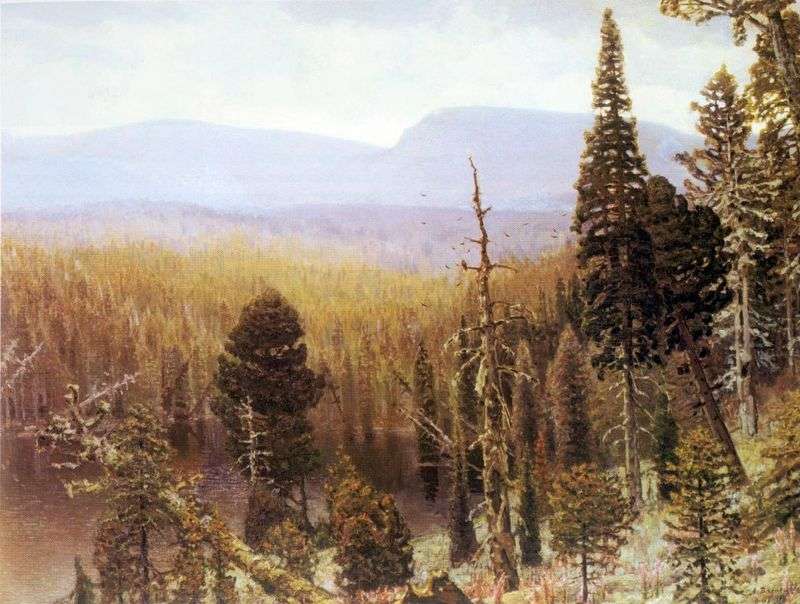 Taiga in the Urals. Blue Mountain by Apollinarius Vasnetsov
Taiga in the Urals. Blue Mountain by Apollinarius Vasnetsov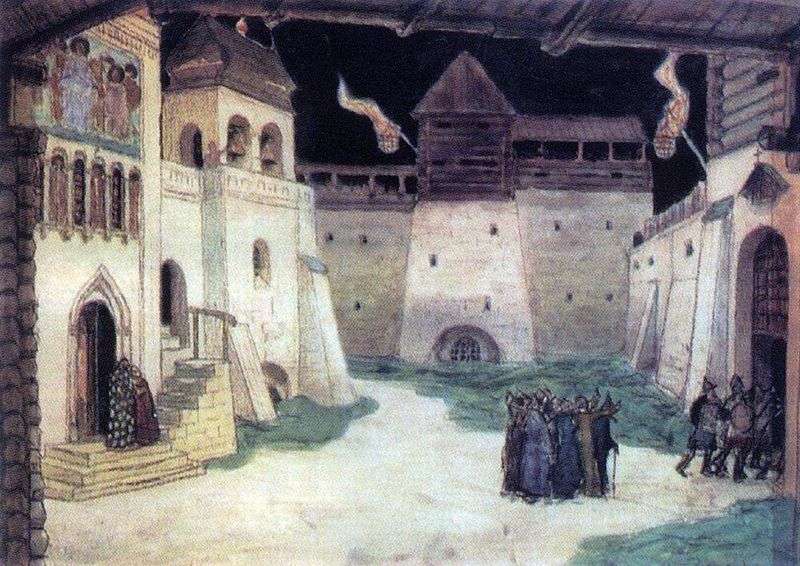 Area in the besieged Kitezh by Apollinarius Vasnetsov
Area in the besieged Kitezh by Apollinarius Vasnetsov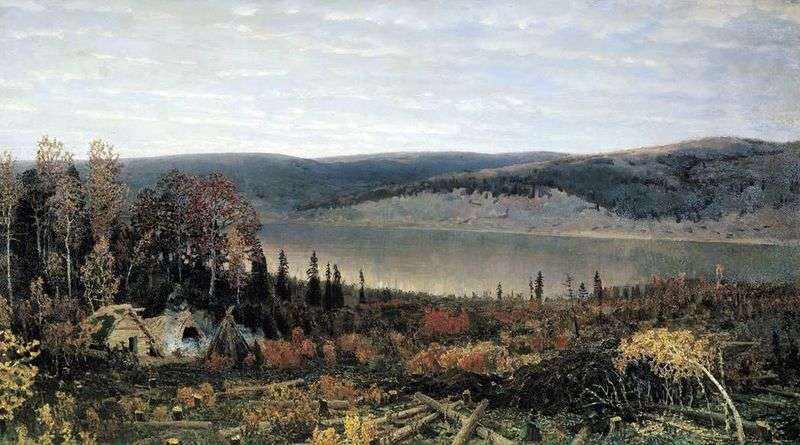 Kama by Apollinarius Vasnetsov
Kama by Apollinarius Vasnetsov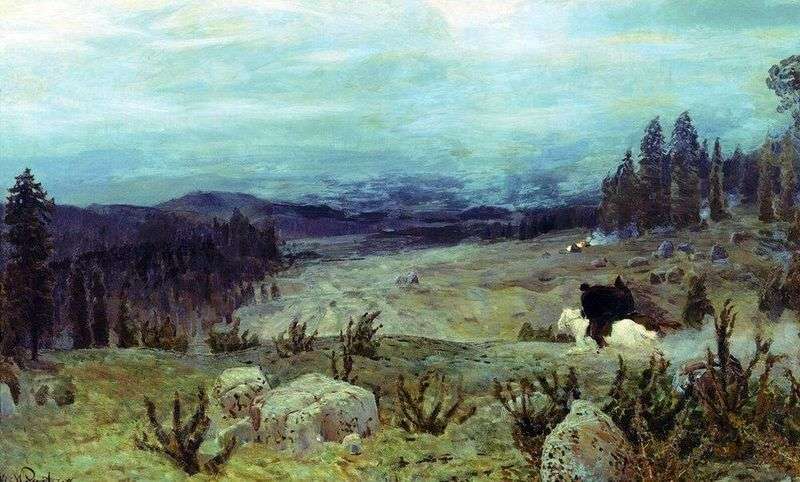 Siberia by Apollinarius Vasnetsov
Siberia by Apollinarius Vasnetsov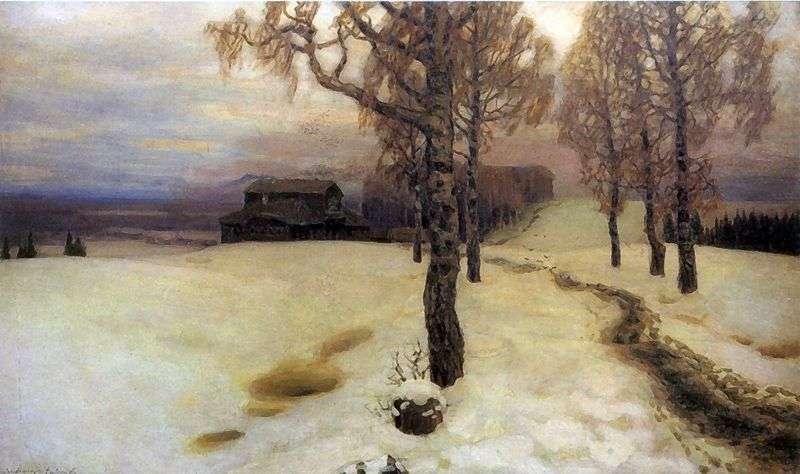 Thaw by Apollinarius Vasnetsov
Thaw by Apollinarius Vasnetsov Forest Lake by Isaac Levitan
Forest Lake by Isaac Levitan Winter Dream by Apollinarius Vasnetsov
Winter Dream by Apollinarius Vasnetsov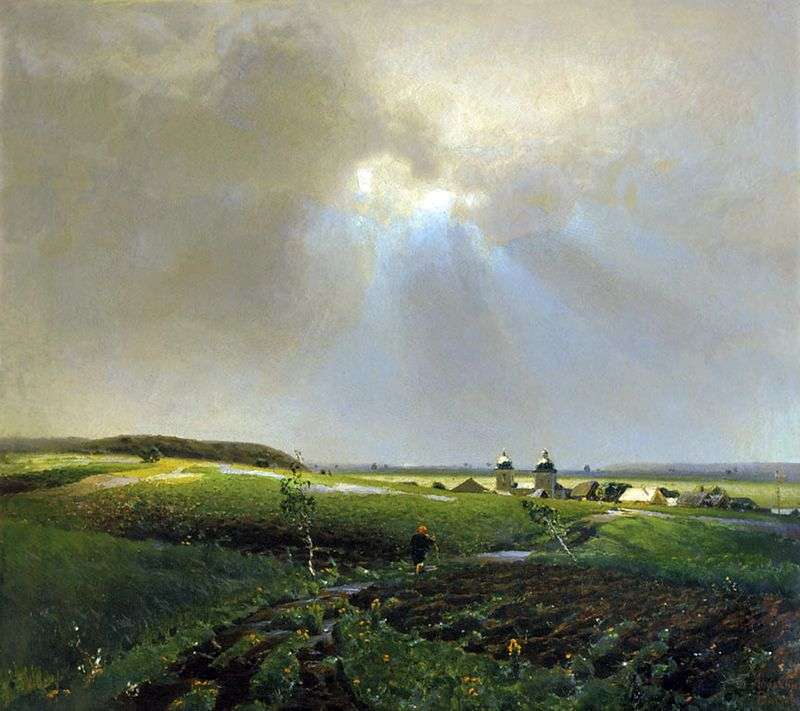 After the rain by Apollinarius Vasnetsov
After the rain by Apollinarius Vasnetsov